:max_bytes(150000):strip_icc()/TAL-viewpoint-pacific-coast-highway-california-NO1RT0824-0cef3f8952b84f02b586461f5076c7b3.jpg)
California, a prominent state in the Western United States, lies strategically on the Pacific Coast. It shares borders with Oregon to the north, Nevada and Arizona to the east, and has an international boundary with the Mexican state of Baja California to its south. Covering an expansive area of 163,696 square miles (423,970 km²), it holds the distinction of being the third – largest state by area in the nation.
Remarkably, California is also the most populous state, housing nearly 40 million residents. This demographic density contributes to the Greater Los Angeles and San Francisco Bay areas being identified as the nation’s second – and fifth – most populous urban regions, respectively. Los Angeles stands as the state’s most populous city and the nation’s second – most populous city, while Sacramento serves as the state capital.
The name “California” itself carries a rich history, believed to originate from the 1510 epic Las Sergas de Esplandián by Garci Rodríguez de Montalvo, which features the mythical Queen Calafia. Her kingdom was depicted as an island abundant in gold and pearls, inhabited by beautiful, dark – skinned women wearing gold armor and living like Amazons. This captivating imagery likely fueled the early European understanding of the region.
Prior to European colonization, California was recognized as one of the most culturally and linguistically diverse areas in pre – Columbian North America. Historians estimate that at least 300,000 Indigenous people inhabited California before the arrival of Europeans. These Indigenous peoples comprised more than 70 distinct ethnic groups, adapting to diverse environments ranging from mountains and deserts to islands and redwood forests.
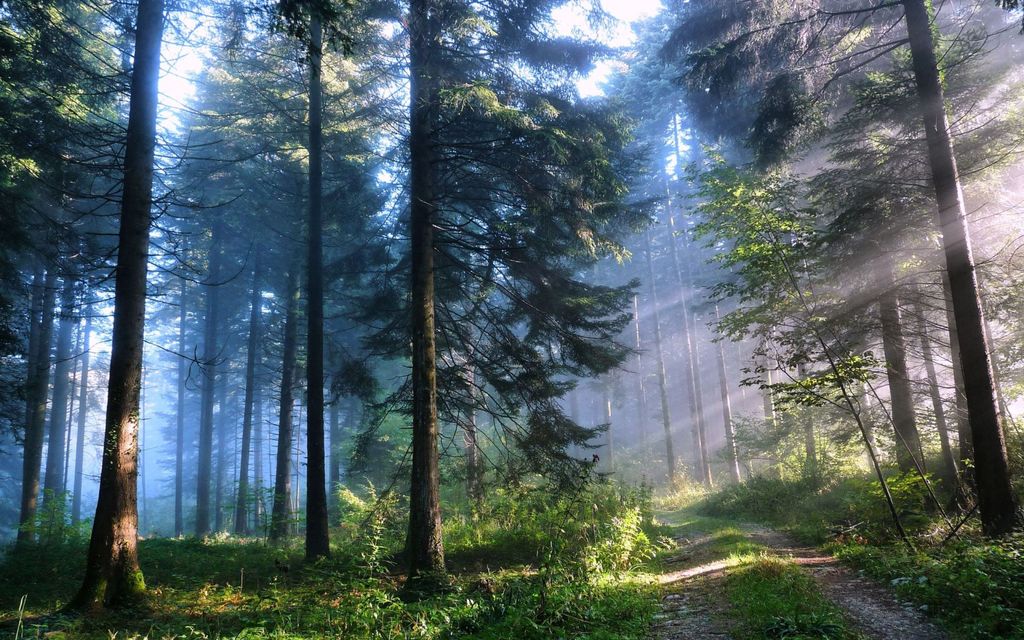
These groups developed intricate forms of ecosystem management, including forest gardening, to ensure the regular availability of food and medicinal plants. This practice represented a form of sustainable agriculture. To mitigate destructive large – scale wildfires, Indigenous peoples also implemented controlled burning, a practice whose benefits were formally recognized by the California government in 2022.
Societal organization among Indigenous groups was varied, encompassing bands, tribes, villages, and large chiefdoms in resource – rich coastal areas such as those of the Chumash, Pomo, and Salinan. Trade, intermarriage, craft specialization, and military alliances fostered social and economic relationships among many communities. While nations occasionally engaged in conflict, armed disputes typically involved small – scale battles for vengeance rather than territorial acquisition.
Traditional gender roles often dictated that women were responsible for weaving, harvesting, processing, and preparing food, while men were in charge of hunting and other physical labor. Many societies also recognized roles for individuals referred to by the Spanish as joyas, or “men who dressed as women.” These individuals held significant responsibilities in death, burial, and mourning rituals, and performed women’s social roles, often being referred to as two – spirit.
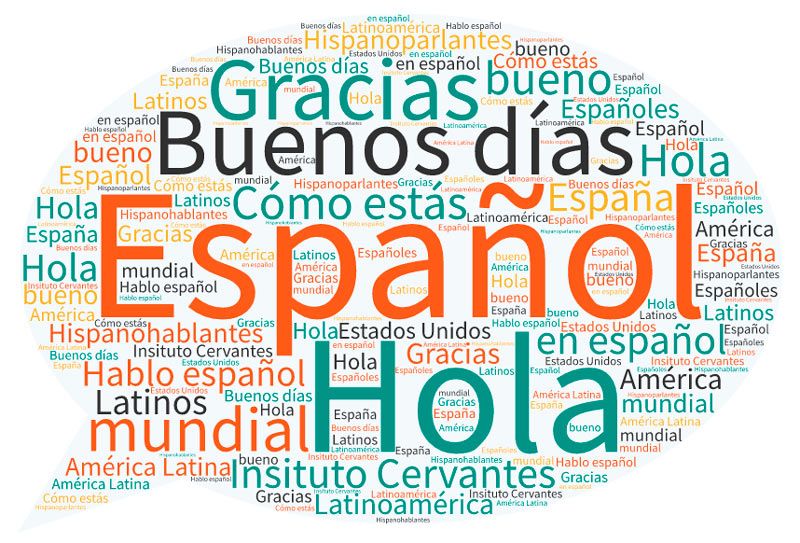
The Spanish period of California began with exploration in the 16th century; however, the initial idea of California as an island persisted on European maps well into the 18th century. Portuguese captain Juan Rodríguez Cabrillo led the first European maritime expedition to explore California’s coast in 1542, entering San Diego Bay. Francis Drake also explored and claimed a portion of the California coast in 1579.
The first Asians to set foot on what would become the United States arrived in 1587 when Filipino sailors landed in Spanish ships at Morro Bay. Sebastián Vizcaíno further explored and mapped the coast in 1602. A pivotal moment for Spanish colonization was the Portolá expedition of 1769 – 70, which led to the establishment of numerous missions, presidios, and pueblos.
Gaspar de Portolá led the military and civil components of this expedition, traveling overland from Sonora to California. Simultaneously, Junípero Serra headed the religious component, arriving by sea from Baja California. In 1769, Portolá and Serra established Mission San Diego de Alcalá and the Presidio of San Diego, marking the Spanish’s first religious and military settlements in California.
By the end of the expedition in 1770, the Presidio of Monterey and Mission San Carlos Borromeo de Carmelo had also been established on Monterey Bay. Following the Portolá expedition, Father – President Serra and other missionaries proceeded to establish 21 Spanish missions along El Camino Real and the California coast. Many major Californian cities, including San Francisco, San Diego, Ventura, and Santa Barbara, originated from these mission sites.
Read more about: The United States: A Complex Legacy of Discord and Unity, Shaping a Nation’s Evolving Identity
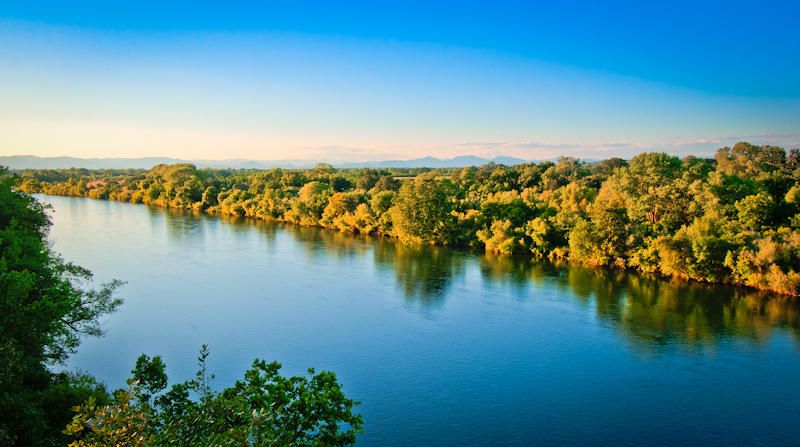
Further exploration conducted by Juan Bautista de Anza in 1775 – 76 extended deeper into the Californian interior and northward, enabling the selection of additional sites for future settlements. Gabriel Moraga, a member of this expedition, named many of California’s prominent rivers, such as the Sacramento and San Joaquin Rivers. José Joaquín Moraga, Gabriel’s son, founded the pueblo of San Jose in 1777, thereby making it California’s first civilian – established city.
During the same period, Russian explorers established a trading post and fortification at Fort Ross on the North Coast in 1812. This outpost was primarily aimed at supplying Russia’s Alaskan colonies with food. However, it faced difficulties in attracting settlers or establishing long – term trade viability, which led to its abandonment by 1841.
The War of Mexican Independence (1810 – 1821) largely left Alta California unaffected. Nevertheless, many Californios, the Hispanic natives of California, supported independence from Spain, believing that Spain had neglected California and limited its development. Mexico’s independence in 1821 brought an end to Spain’s trade monopoly, allowing California ports to trade freely with foreign merchants.
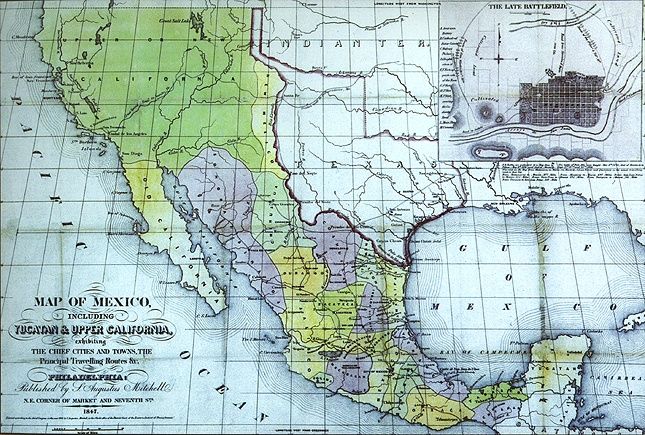
Under Mexican rule, Alta California remained a sparsely – populated administrative district. By 1834, the missions, which controlled much of the state’s best land, had been secularized and had become Mexican government property. Huge ranchos, or cattle ranches, emerged as the dominant institutions in Mexican California, owned by Californios who traded cowhides and tallow with Boston merchants.
From the 1820s onward, trappers and settlers from the United States and Canada began arriving in Northern California, utilizing trails such as the Siskiyou, California, Oregon, and Old Spanish Trails. The instability of the early Mexican government led to armed disputes within California and with the central Mexican government from 1831 onwards. Juan Bautista Alvarado served as governor during the period from 1836 to 1842.
Alvarado’s rise to power resulted in California being momentarily declared an independent state, with the aid of Anglo – American residents, including Isaac Graham. This led to the Graham Affair in 1840, when one hundred residents without passports were arrested. Royal Navy officials eventually assisted in resolving the situation.
John Marsh, a significant rancher, played a crucial role in advocating for California’s annexation by the United States. Frustrated by the Mexican courts’ inability to deal with squatters on his land, Marsh launched a widespread letter – writing campaign. His letters detailed California’s favorable climate, fertile soil, and the best routes for settlement, thereby prompting the first wagon trains to the region, known as “Marsh’s route.”
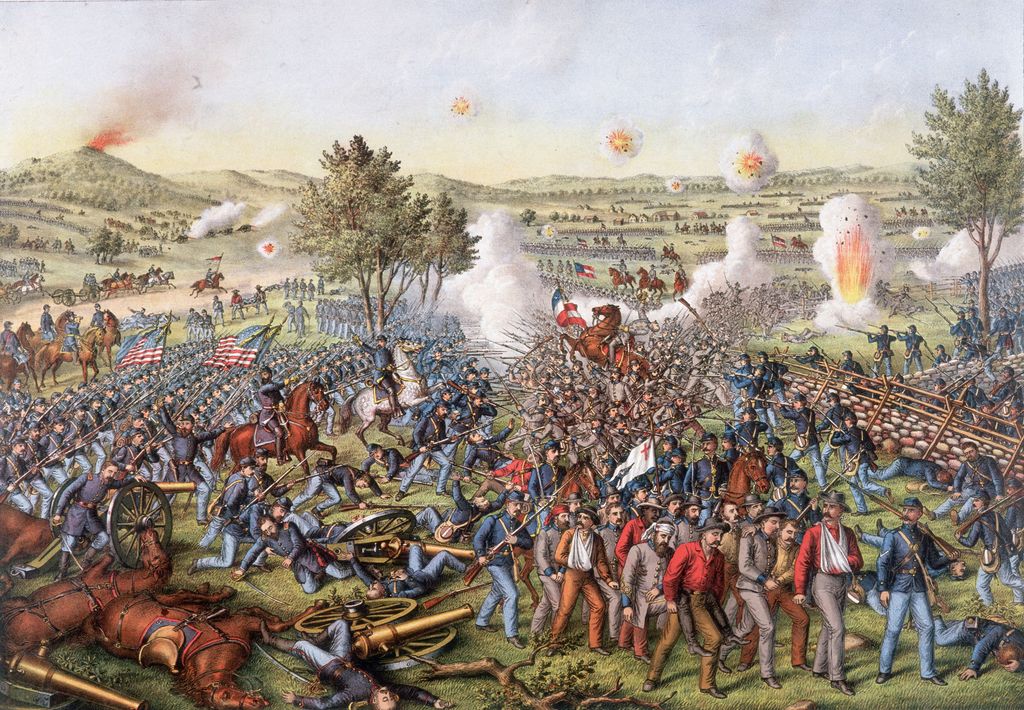
Marsh further influenced the political landscape by mediating a conflict between Mexican General Manuel Micheltorena and Governor Juan Bautista Alvarado. At the Battle of Providencia, Marsh persuaded both sides to cease hostilities, which resulted in Micheltorena’s defeat and Pio Pico’s return to the governorship. These actions ultimately contributed to California’s acquisition by the United States.
The Bear Flag Revolt in 1846 witnessed American settlers in Sonoma rebelling against Mexican rule, raising the Bear Flag and declaring the establishment of the California Republic. William B. Ide served as its only president. This revolt acted as a precursor to the American military invasion, which was closely coordinated with nearby U.S. military commanders.
The California Republic was short – lived, as the Mexican – American War (1846 – 1848) broke out in the same year. Commodore John D. Sloat of the United States Navy initiated the U.S. military invasion by sailing into Monterey Bay in 1846, leading to the swift capitulation of Northern California. However, Californios in Southern California resisted, engaging in notable battles such as those at San Pasqual and Dominguez Rancho.
Following a series of defensive battles in the south, the Treaty of Cahuenga was signed on January 13, 1847, by Californio Andrés Pico and American John C. Frémont. This ceasefire effectively established de facto American control over California. The formal end of the Mexican – American War came with the signing of the Treaty of Guadalupe Hidalgo on February 2, 1848, which ceded the westernmost portion of Alta California to the United States.
Just one week before this official annexation, gold was discovered in California, an event that profoundly altered the state’s demographics and financial situation. A massive influx of prospectors and miners arrived in the thousands, transforming the population structure. In 1846, the settler population was estimated to be no more than 8,000; by the time California applied for statehood in 1850, it had swelled to 100,000, and by 1854, over 300,000 settlers had arrived.
The capital of California underwent several changes in the early American period. While Monterey had served as the seat of government under Spanish and Mexican rule until 1845, and Pio Pico briefly moved it to Los Angeles, the first state Constitutional Convention was held in Monterey in 1849. The initial legislative sessions took place in San Jose (1850 – 1851), followed by Vallejo (1852 – 1853) and Benicia (1853 – 1854). Sacramento has been the capital since 1854, with a brief interruption in 1862 due to flooding.
On September 9, 1850, California was admitted to the U.S. Union as a free state as part of the Compromise of 1850, a date now observed as a state holiday. During the American Civil War (1861 – 1865), California contributed to the Union effort by sending gold shipments eastward to Washington. Despite the presence of a significant contingent of pro – South sympathizers within the state, smaller military units, such as the “California 100 Company,” were unofficially associated with California.
Read more about: You Won’t Believe These 13 Celebrities Are Working Regular Jobs Now
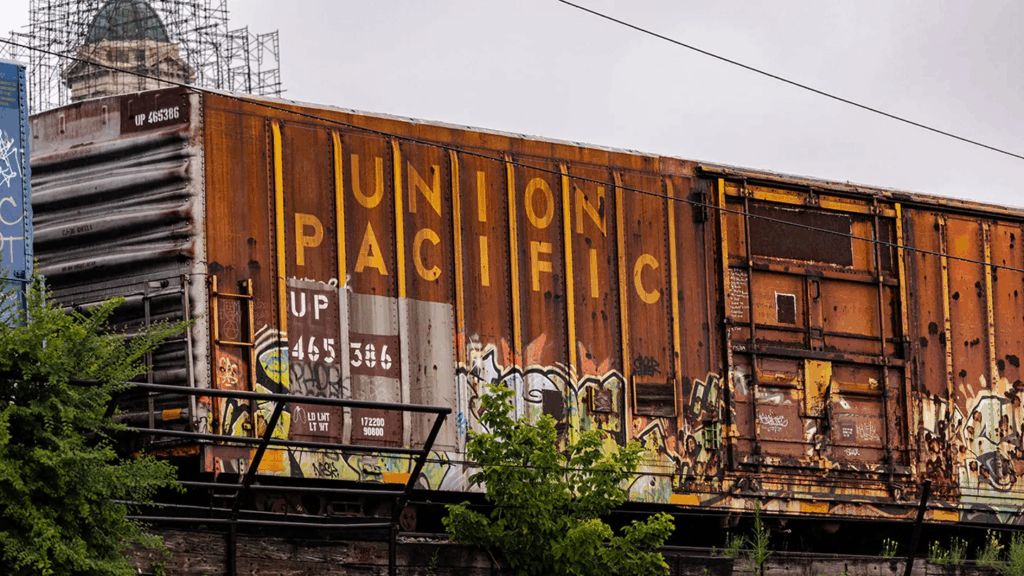
Travel between California and the rest of the continental United States was initially arduous and time – consuming. However, this situation changed dramatically with the completion of the first transcontinental railroad in 1869, enabling California to be accessible from the Eastern states in just one week. The state’s fertile lands were discovered to be exceptionally well – suited for agriculture, particularly fruit cultivation.
Vast expanses of wheat, other cereal crops, vegetable crops, cotton, as well as nut and fruit trees, including oranges in Southern California, formed the foundation for the state’s prodigious agricultural output. The Central Valley, in particular, emerged as a prominent agricultural heartland, leading the nation in agricultural output with significant production of dairy products, almonds, and grapes.
The 19th century also witnessed a large – scale migration of Chinese laborers to California, attracted by the Gold Rush and job opportunities. Despite their indispensable role in constructing the transcontinental railroad from California to Utah, the perceived job competition led to anti – Chinese riots within the state. This societal pressure exerted by California partially contributed to the enactment of the 1882 Chinese Exclusion Act, which terminated migration from China.
Read more about: America’s Aquatic Giants: Unveiling the Some Deepest Lakes Across the United States
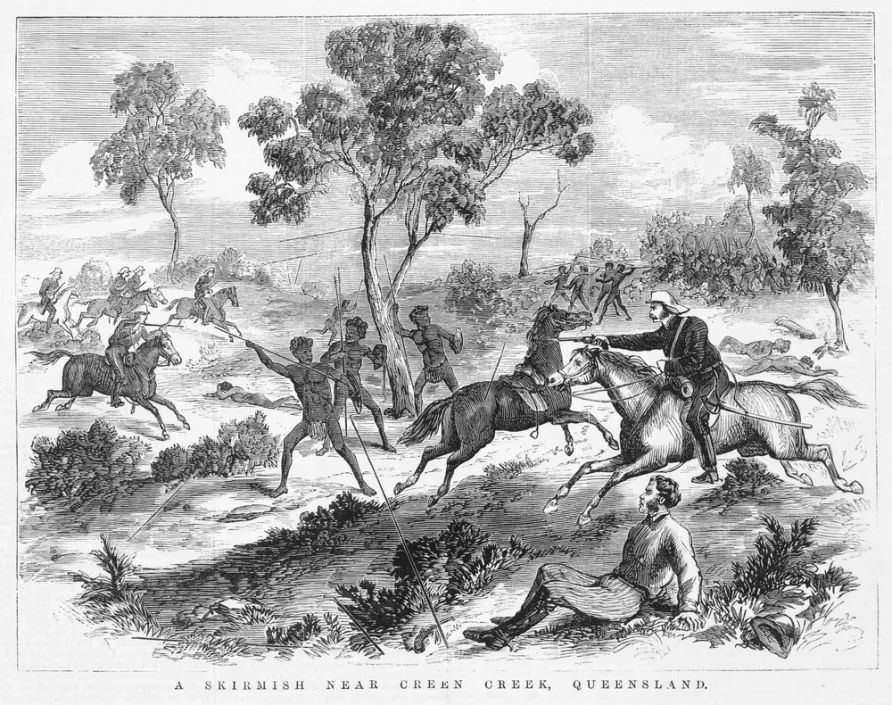
Between 1846 and 1873, U.S. government agents and private settlers perpetrated massacres against Indigenous Californians, a period known as the California Genocide. Estimates of deaths range as high as 100,000, with at least 9,456 confirmed killed. The Indigenous population had already declined under Spanish and Mexican rule, primarily due to Eurasian diseases to which they lacked natural immunity.
Under American administration, California’s first governor, Peter Hardeman Burnett, instituted policies described as a state – sanctioned policy of elimination. In his 1851 Second Annual Message to the Legislature, Burnett stated, “That a war of extermination will continue to be waged between the races until the Indian race becomes extinct must be expected. While we cannot anticipate the result without painful regret, the inevitable destiny of the race is beyond the power and wisdom of man to avert.”
Indigenous peoples were forcibly removed from their lands by American settlers, including miners, ranchers, and farmers. Despite California’s entry as a free state, “loitering or orphaned Indians” were de facto enslaved under the 1850 Act for the Government and Protection of Indians. The Los Angeles City Council even approved de facto slave auctions for nearly two decades. The state government paid approximately $1.5 million between 1850 and 1860 to militias that, while ostensibly protecting settlers, perpetrated numerous massacres of Indigenous people.
Forced removals to often small, isolated, and under – resourced reservations and rancherias also occurred. Several scholars and Native American activists, including Benjamin Madley and Ed Castillo, along with Governor Gavin Newsom, have characterized these actions by the California government as genocide. Benjamin Madley estimates that between 9,492 and 16,092 Indigenous people were killed from 1846 to 1873, with 1,680 to 3,741 killed by the U.S. Army.
The 20th century witnessed further significant migrations to California, including thousands of Japanese people. However, in 1913, the state passed the Alien Land Act, which barred Asian immigrants from owning land. During World War II, Japanese Americans in California were interned in concentration camps, an action for which California formally apologized in 2020.
Migration to California accelerated dramatically in the early 20th century with the completion of transcontinental highways such as Route 66. From 1900 to 1965, the state’s population surged from less than one million to become the largest in the Union. By 1940, the Census Bureau reported that California’s population was 6% Hispanic, 2.4% Asian, and 90% non – Hispanic white.
To support this burgeoning population, California undertook monumental engineering projects. These included the construction of the California and Los Angeles Aqueducts, the Oroville and Shasta Dams, and the iconic Bay and Golden Gate Bridges. In 1960, the state government adopted the California Master Plan for Higher Education, which was designed to create an efficient public education system.
Read more about: Beyond the Screen: 14 Must-Watch Movies You Didn’t Know Were Based on Mind-Blowing True Stories
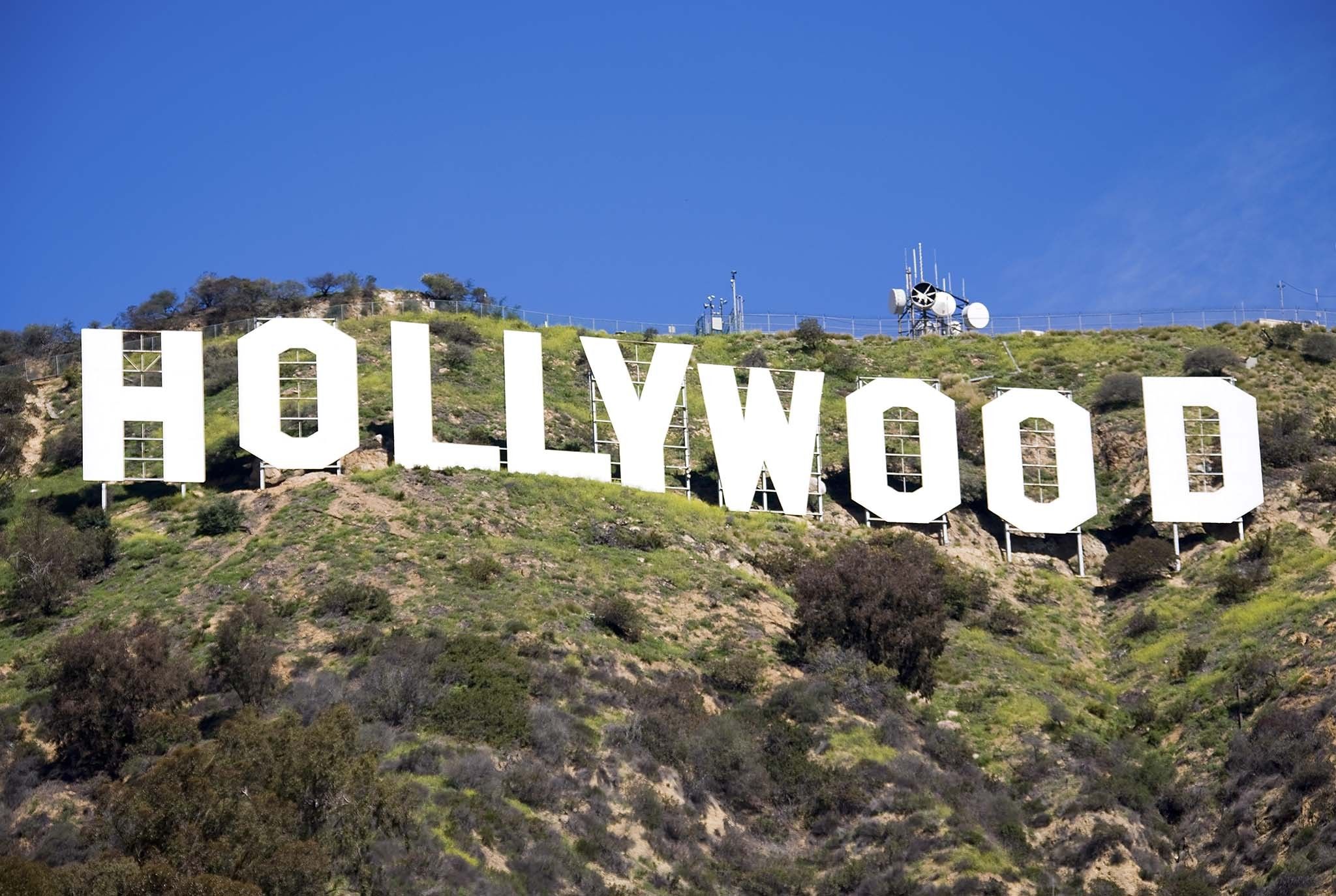
In the early 20th century, Hollywood studios such as Paramount Pictures transformed Hollywood into the global capital of film, thereby solidifying Los Angeles as a global economic hub. The mild Mediterranean climate, affordable land, and diverse geography attracted filmmakers, which led to the establishment of the studio system in the 1920s. During World War II, California manufactured 9% of U.S. armaments, ranking third nationally.
The state also ranked first in military ship production at dry – dock facilities in San Diego, Los Angeles, and the San Francisco Bay Area. After World War II, California’s economy expanded, driven by robust aerospace and defense industries, although the scale of these industries decreased following the Cold War. Stanford University played a pivotal role by encouraging faculty and graduates to remain in the state and develop a high – tech region, which has become known as Silicon Valley.
As a result, California stands as a world center for the entertainment and music industries, technology, engineering, aerospace, and agricultural production. Just before the Dot Com Bust, California’s economy was the fifth – largest in the world. As of the fourth quarter of 2024, its estimated gross state product of $4.172 trillion renders it the largest U.S. state economy and the world’s largest sub – national economy.
If California were an independent country, it would rank as the fourth – largest economy globally as of 2025, positioned behind Germany and ahead of Japan. The state’s busiest port in Los Angeles plays a critical role in the global supply chain, handling approximately 40% of goods imported to the U.S.
The mid – and late 20th century also witnessed race – related incidents and social unrest. Tensions between the police and African Americans, compounded by unemployment and poverty in inner cities, led to riots, notably the 1992 Rodney King riots. California was also the hub of the Black Panther Party, which was known for advocating armed self – defense against racial injustice.
Mexican, Filipino, and other migrant farm workers, galvanized by figures such as Cesar Chavez, rallied in the state during the 1960s and 1970s, demanding better pay and working conditions. The 20th century also witnessed two major disasters: the 1906 San Francisco earthquake and the 1928 St. Francis Dam flood, both of which were among the deadliest in U.S. history.
While air pollution has been significantly reduced, particularly the brown haze known as “smog” due to federal and state restrictions on automobile exhaust, associated health problems persist. An energy crisis in 2001 resulted in rolling blackouts, soaring power rates, and the importation of electricity from neighboring states, drawing heavy criticism towards Southern California Edison and Pacific Gas and Electric Company.

Housing prices in urban areas witnessed a dramatic increase, with a modest home costing $25,000 in the 1960s escalating to half a million dollars or more in urban areas by 2005. This resulted in more people commuting longer distances from rural areas to afford homes while earning higher salaries in urban centers. Speculators fueled a housing bubble, which ultimately burst in 2007 – 08, resulting in crashing prices, widespread foreclosures, and significant losses for financial institutions and investors.
The 21st century has been characterized by ongoing environmental challenges, including droughts and frequent wildfires attributed to climate change. The period from 2011 to 2017 witnessed the worst persistent drought in California’s recorded history, and the 2018 wildfire season turned out to be the state’s deadliest and most destructive. Simultaneously, atmospheric rivers are becoming increasingly common, leading to intense flooding events, especially during winter.
California was also an early focal point of the COVID – 19 pandemic in the United States, with one of the first confirmed cases reported on January 26, 2020. A state of emergency was declared on March 4, 2020, and remained in effect until Governor Gavin Newsom ended it in February 2023. A mandatory statewide stay – at – home order, issued on March 19, 2020, was lifted in January 2021.
Positive developments in the 21st century include progress in cultural and language revitalization efforts among Indigenous Californians, along with some land returns to Indigenous stewardship. In 2022, the largest dam removal and river restoration project in U.S. history was announced for the Klamath River, which was hailed as a significant victory for California tribes.
California’s geography is extremely diverse, covering 163,696 square miles and making it the third – largest state by area. It is broadly divided into Southern California, which comprises the ten southernmost counties, and Northern California, which encompasses the 48 northernmost counties. This varied landscape contributes to the state’s unique character.
At the state’s center is the California Central Valley, a highly productive agricultural heartland. It is bounded by the Sierra Nevada mountains to the east, the coastal mountain ranges to the west, the Cascade Range to the north, and the Tehachapi Mountains to the south. The Central Valley is bisected by the Sacramento – San Joaquin River Delta.
The Sacramento Valley, the northern portion, functions as the watershed of the Sacramento River, while the southern portion, the San Joaquin Valley, serves as the watershed for the San Joaquin River. Both rivers, when dredged, have remained deep enough to enable several inland cities to function as seaports. The Sacramento – San Joaquin River Delta is a crucial water supply hub for the state.
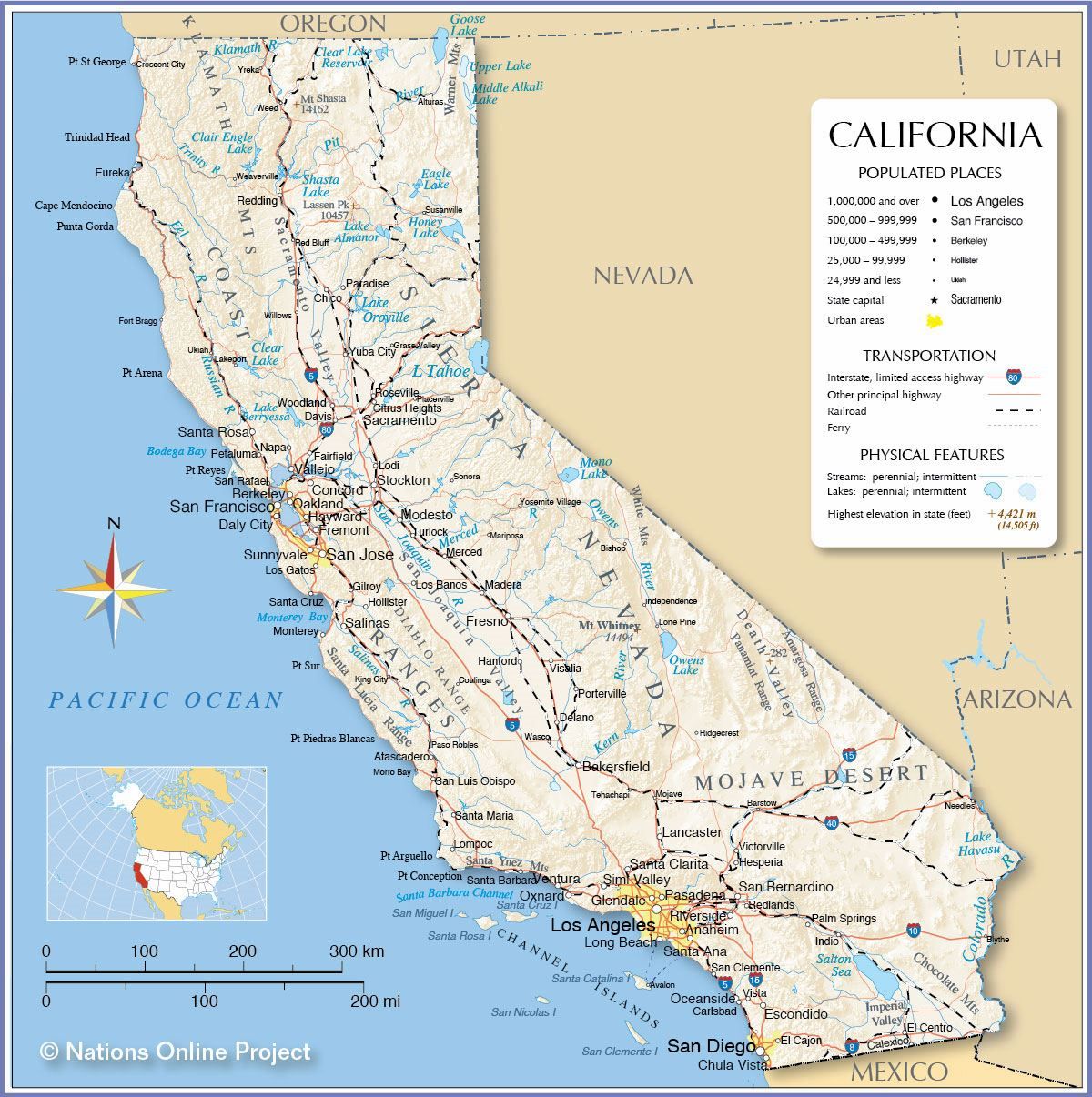
Water diverted from the delta, through an extensive network of pumps and canals, traverses nearly the entire length of the state. This system provides drinking water for approximately 23 million people—nearly two – thirds of California’s population—as well as water for farmers on the west side of the San Joaquin Valley. Suisun Bay is situated at the confluence of these rivers, draining into San Pablo Bay via the Carquinez Strait and then connecting to the Pacific Ocean through the Golden Gate Strait.
Off the southern coast lie the Channel Islands, while the Farallon Islands are located west of San Francisco. The Sierra Nevada, which means “snowy range” in Spanish, includes Mount Whitney, the highest peak in the contiguous 48 states, standing at 14,505 feet (4,421 m). This range encompasses Yosemite Valley, renowned for its glacially – carved domes, and Sequoia National Park, home to giant sequoia trees—the largest living organisms on Earth.
The Sierra Nevada also cradles Lake Tahoe, the largest lake in the state by volume, although it is shared with Nevada. To its east are Owens Valley and Mono Lake, an essential habitat for migratory birds. In the western part of the state, Clear Lake is acknowledged as the largest freshwater lake by area entirely within California. The Sierra Nevada experiences Arctic – like temperatures in winter and harbors several small glaciers, including Palisade Glacier, the southernmost glacier in the United States.
About 45 percent of California’s total surface area is covered by forests, covering a greater expanse than any other state except Alaska. California’s diversity of pine species is unparalleled by any other state. The White Mountains host some of the world’s oldest trees, including individual bristlecone pines that are over 5,000 years old.
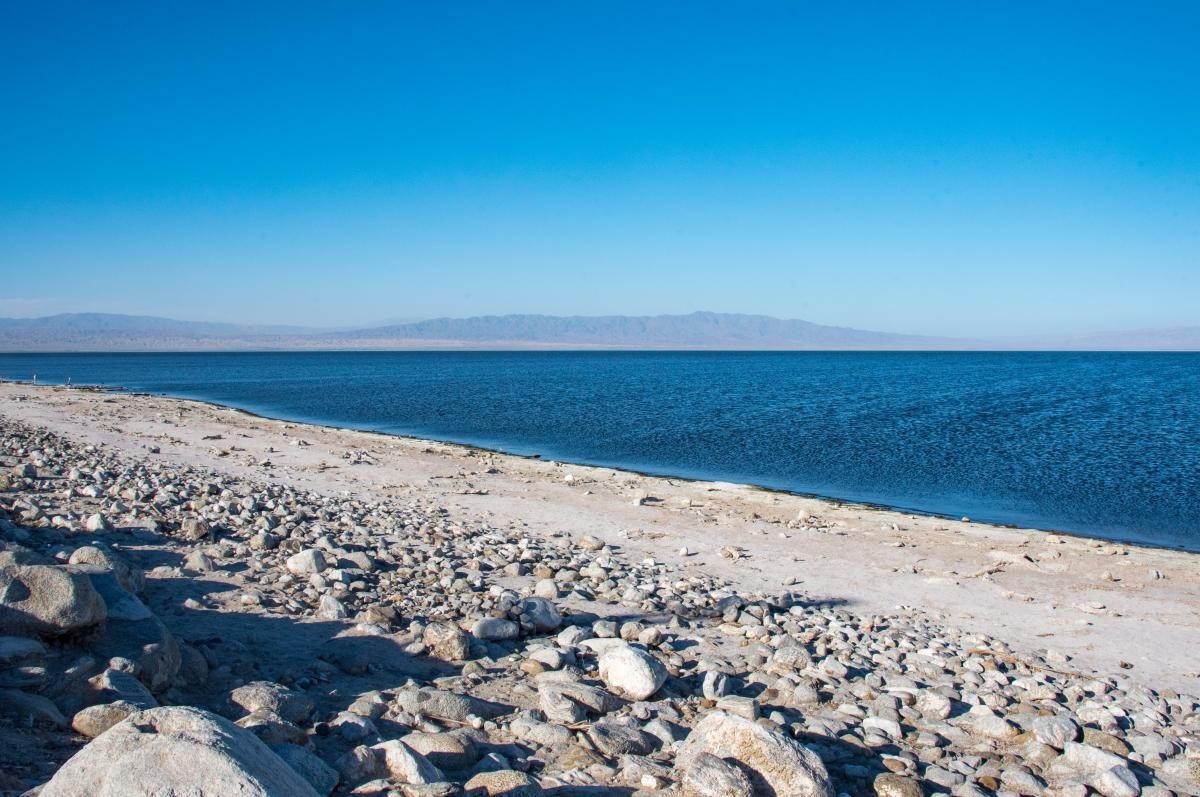
The southern part of the state is characterized by the Salton Sea, a large inland salt lake. Located further in the south – central region, the Mojave Desert extends, and to its northeast lies Death Valley, which contains the lowest and hottest place in North America: the Badwater Basin, at an elevation of −279 feet (−85 m). The horizontal distance from the bottom of Death Valley to the summit of Mount Whitney is less than 90 miles (140 km), demonstrating California’s extreme topographical range.
Indeed, nearly the entire southeastern region of California is an arid, hot desert, frequently experiencing extremely high temperatures during the summer. The Colorado River forms the entire southeastern border between California and Arizona, supplying approximately half of the water for the southern part of the state. Most of California’s cities are clustered in major metropolitan areas, including the San Francisco Bay Area and the Sacramento metropolitan area in Northern California, as well as the Los Angeles area, the Inland Empire, and the San Diego metropolitan area in Southern California.
As a component of the Ring of Fire, California is inherently vulnerable to various natural disasters. These encompass tsunamis, floods, droughts, Santa Ana winds, wildfires, and landslides on steep terrain. The state also harbors several volcanoes and experiences numerous earthquakes, with approximately 37,000 recorded annually, although most are too minor to be felt. The major San Andreas Fault traverses the state.
Notably, two – thirds of the American population at risk of significant harm from a major earthquake resides in California. The state predominantly features a Mediterranean climate, which is characterized by cool, dry summers and mild, wet winters. The cool California Current offshore often generates summer fog near the coast, influencing regional microclimates.

California’s identity is further solidified through its official state symbols. These encompass the California red – legged frog as its official amphibian, the California quail as its official bird, and the Dungeness crab as its official crustacean. The state’s aquatic emblems include the Golden trout for freshwater and the Garibaldi for marine environments. The vibrant California poppy serves as the state flower, while the avocado represents its official fruit.
The Purple needlegrass is designated as the state grass, and the California dogface butterfly is the state insect. On land, the California grizzly bear is recognized as the state animal, while the Gray whale holds the title of the marine mammal. The California Golden Chanterelle is the state mushroom, and the Desert tortoise is the state reptile. The iconic Coast redwood and giant sequoia are both acknowledged as state trees, and the artichoke is the state vegetable.
Beyond living insignia, California’s official colors are Blue and Gold. The West Coast Swing is designated as the state dance, and Augustynolophus is recognized as the state dinosaur. The Square dance is the official folk dance, and the Sabre – toothed cat is the state fossil. Benitoite is the state gemstone, Native gold is the state mineral, and Serpentine is the state rock. The ship Californian and the San Joaquin soil are also state symbols. Surfing is the state sport, and the California state tartan, along with its state quarter issued in 2005, completes a comprehensive list that embodies the state’s diverse heritage and natural riches.
Read more about: I’ve Been to All 50 States: These 14 Are the Underrated Gems You Absolutely Need to Explore Now
California emerges as a land of remarkable contrasts and profound significance, having been shaped by its extraordinary geography, a dynamic history characterized by cultural convergence and conflict, and an economy that propels global innovation. From the ancient wisdom of its Indigenous peoples to the cutting-edge technology of Silicon Valley, and from the devastating impact of natural disasters to the resilience demonstrated in community revitalization endeavors, the state perpetually reinvents itself. It stands not merely as a geographic entity, but as a vivid testament to human ambition, natural splendor, and enduring change, a true global power that continues to captivate and challenge all who come across it.



